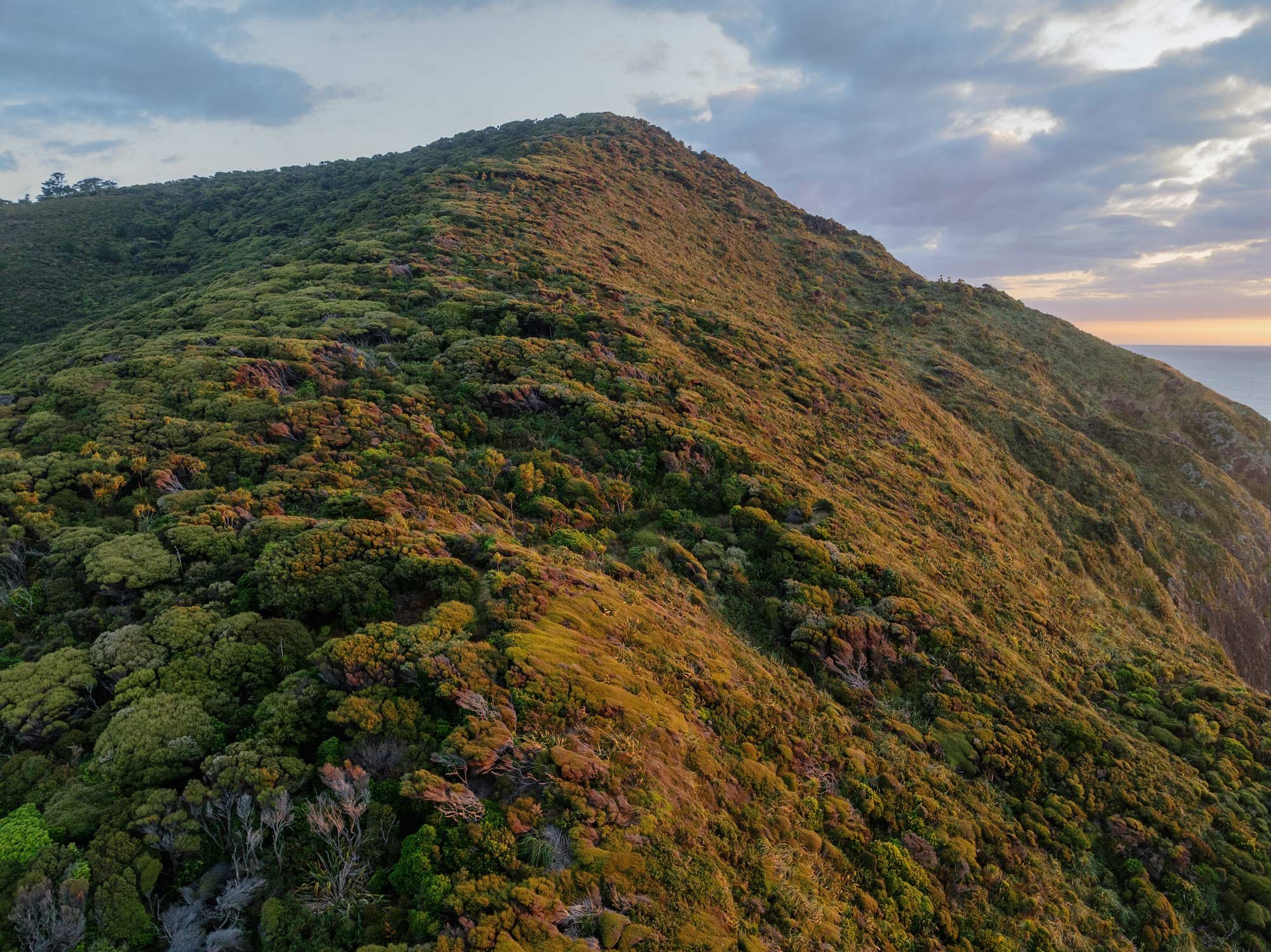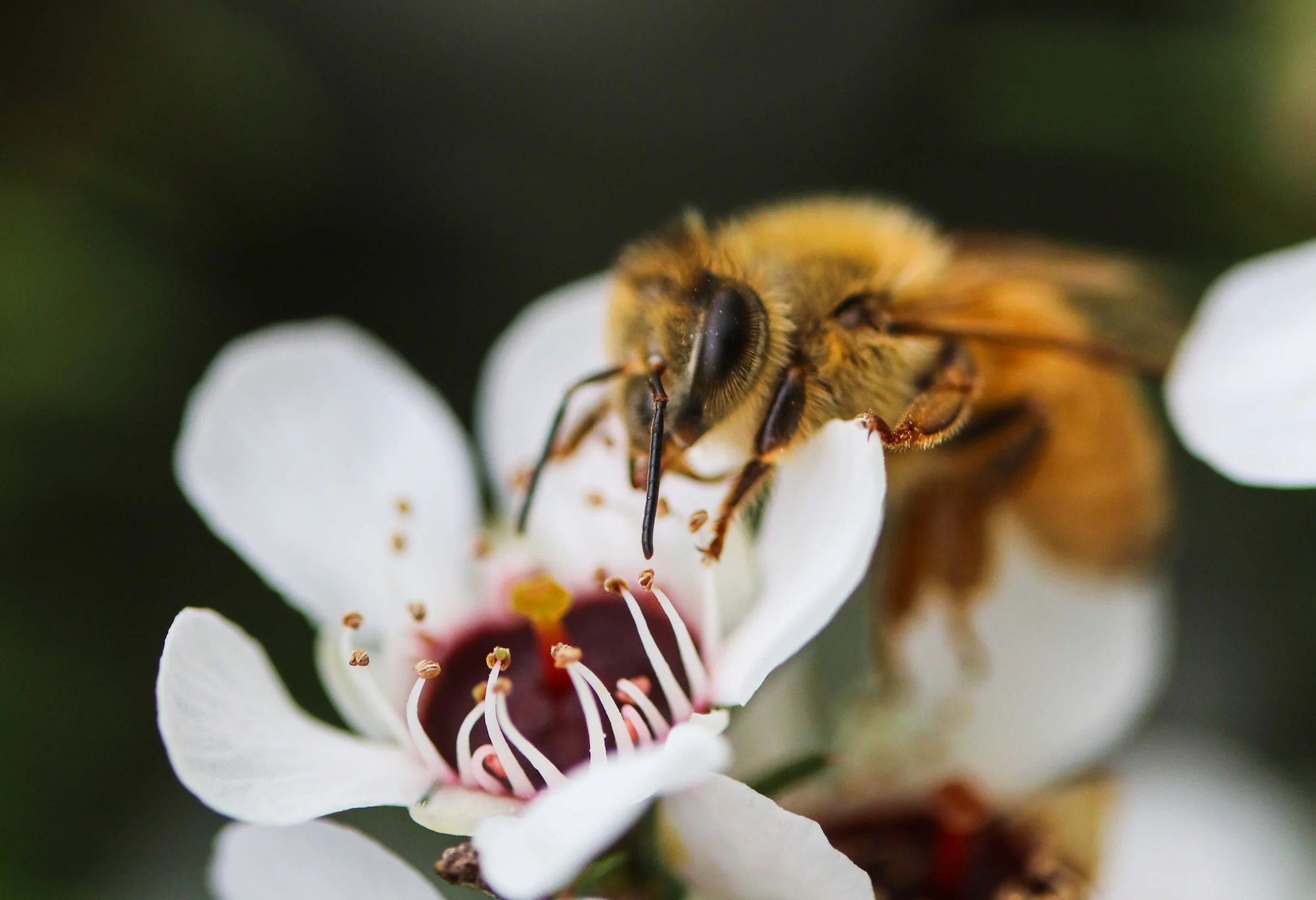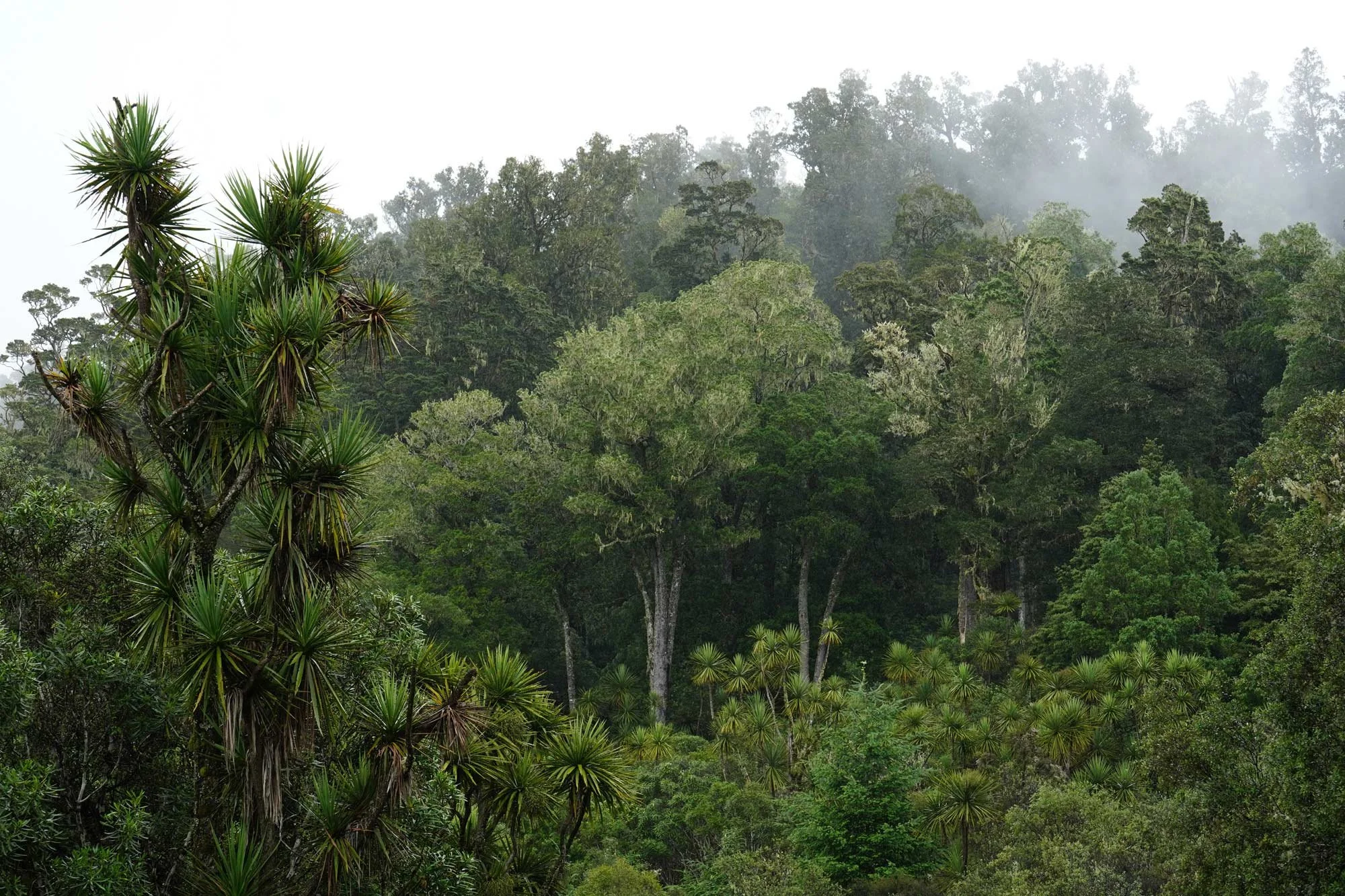Embracing Native Forestry for a Resilient Future.
The destruction caused by Cyclone Gabrielle on the East Cape and Hawke’s Bay, fuelled the debate around the future of forestry in New Zealand. The call for change is loud and clear: more and more voices are advocating for a shift from traditional exotic forestry, particularly Pinus radiata, to the restoration and expansion of native plantations.
The people living in these impacted regions are driving this momentum - they’ve witnessed the environmental damage and are deeply connected to their local communities and the land. For them, the move towards native forestry isn't just an environmental necessity but an economic opportunity that could reshape the future of the region.
New Zealand is fortunate in that we have a government that genuinely listens to the primary industries. Many of our decision-makers come from rural backgrounds and understand the challenges we face. This unique connection means there’s a direct line between policy makers and those who live and work in the sectors they regulate. Right now, Te Uru Rākau, the government agency for forestry, is exploring new pathways to encourage commercial investment in native planting.
The challenge, however, lies in making native forestry commercially viable. Currently, the carbon credit system doesn’t reflect the full benefits of native forests, making it difficult to incentivise large-scale investment. But this is starting to change. There’s growing recognition that permanent carbon credits could play a crucial role in driving this shift, and the policies are evolving to reflect this.
The urgency around protecting our environment has never been clearer. The recent devastation caused by slash debris washing onto East Cape beaches is a stark reminder of the need for change. This visual, a literal "line in the sand," has galvanised public sentiment around the importance of sustainable forestry practices.
Kanuka and Manuka are leading the way as native species now being planted along waterways to protect against erosion and sedimentation. These pioneer species not only provide rapid growth in their early years but also offer additional economic benefits. Both Manuka and Kanuka produce nectar that can be harvested for honey—a lucrative by-product that adds value to the forestry process while promoting ecological health.
Across the country, research into native tree species for commercial forestry is accelerating. Foresters and scientists are working together, identifying which species are best suited for large-scale plantations. This collaboration is critical to building a sustainable native forestry industry that can stand up to the rigours of the international carbon market. Plantations of species like Totara and Kahikatea are being planned and planted, signalling a bright future for native forestry.
While the movement towards native forestry is still in its early stages, momentum is growing and every year, more hectares of native forest are being planted. Native forestry isn’t just about environmental stewardship—it’s a numbers game, with both environmental and economic returns. In the past, commercial forestry has been synonymous with exotic species, but that’s starting to change. There’s now a shift in values, and sustainability is at the heart of this transformation.
Native forestry offers unparalleled environmental benefits—restoring biodiversity, protecting waterways, and sequestering carbon at levels far greater than exotic forests. As this shift gains traction, it’s clear that native forestry is not just a viable alternative to exotic timber; it’s the future of sustainable forestry in New Zealand.






